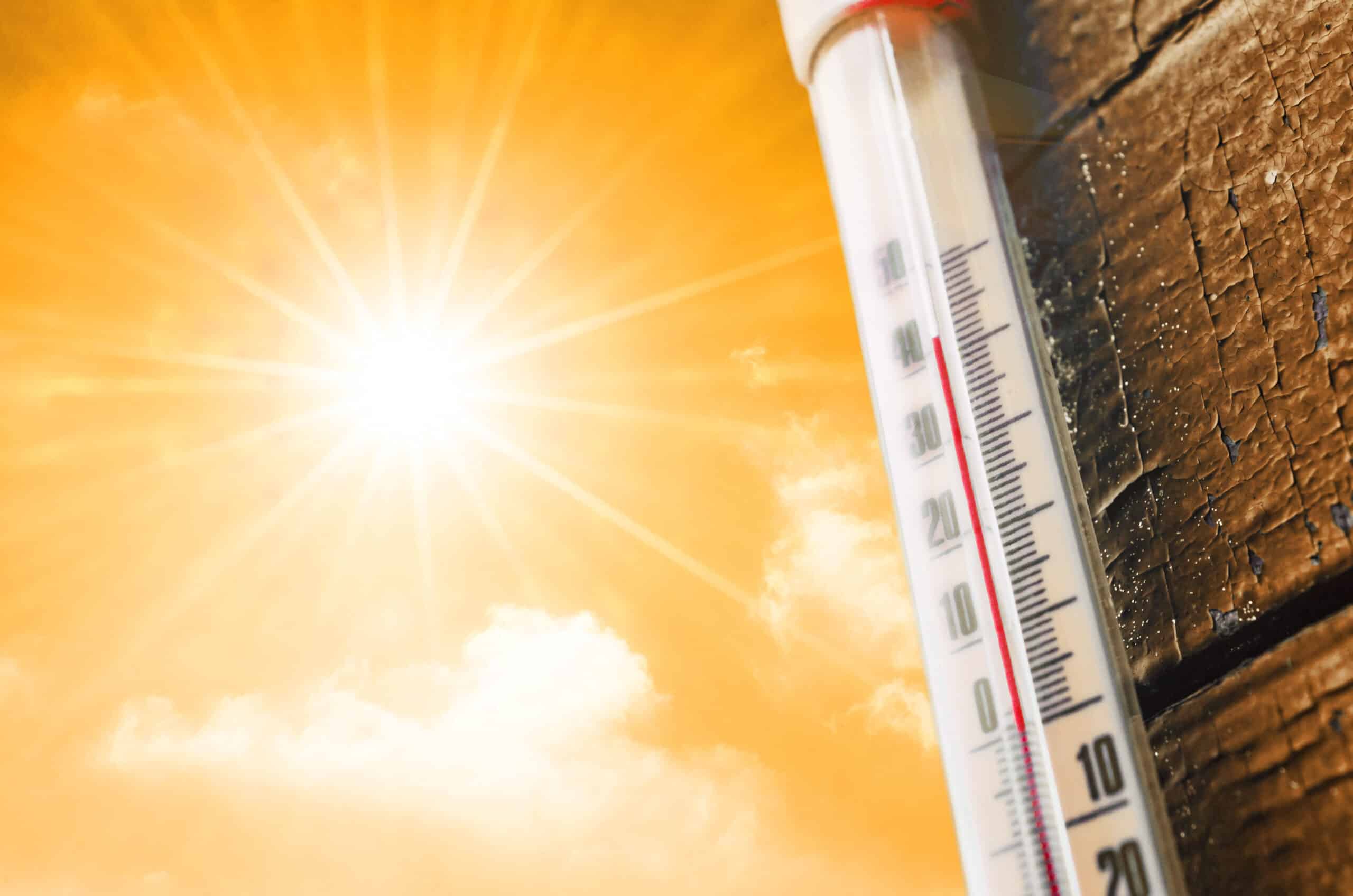In America, extreme heat is the leading cause of weather-related deaths, taking more lives every year than lightning, hurricanes, and tornadoes combined. Research shows that older adults and young children are particularly vulnerable to heat-related illnesses like heat stroke and heat exhaustion. Recent research is also indicating that high temperatures could also diminish cognitive function.
“Cognitive decline may not manifest right after a single heat event, but repeated or prolonged exposures to extreme heat may be detrimental,” explained Virginia Chang, associate professor of social and behavioral sciences at the NYU School of Global Public Health and the study’s senior author. “Cumulative exposure to extreme heat can trigger a cascade of events in the brain, including cellular damage, inflammation, and oxidative stress, all of which can exhaust one’s cognitive reserve.”
For this study data was analyzed from close to 9,500 adults aged 52+ over a 12-year period who were enrolled in the Health and Retirement Study, also looking at socioeconomic measures of the neighborhood the participants resided in. The researchers calculated the cumulative exposure to extreme heat for the participants during this period using historical temperature data from the CDC’s National Environmental Public Health Tracking Network.
The researchers report that they found high exposure to extreme heat to be associated with faster cognitive decline among participants living in poor neighborhoods but not for those living in wealthier neighborhoods. Additionally, cumulative exposure to extreme heat was found to be associated with faster cognitive decline among older Black adults but not among older Hispanic or White adults.
“Affluent neighborhoods tend to have resources that can help in a heat wave — things like well-maintained green spaces, air conditioning, and cooling centers. In disadvantaged neighborhoods, these resources may not exist,” said Haena Lee, assistant professor of sociology at Sungkyunkwan University, South Korea and the study’s co-first author. “Other factors associated with disadvantaged neighborhoods — residents experiencing chronic stress, greater social isolation, and fewer specialized services for cognitive health — could also be contributing to this disparity.”
“One possible explanation for this pattern of findings is that Black older adults may have disproportionately experienced systemic disadvantages throughout their lives due to structural racism, segregation, and other discriminatory policies, all of which may affect cognitive reserve,” said Chang.
“When faced with high temperatures, our study reveals that vulnerable populations are experiencing compounding disadvantages,” said Choi. “Extreme heat is a serious public health threat, and in the context of climate change, we need to focus on supporting at-risk groups in order to build resilient communities.”
According to AccuWeather, in America, the 10 hottest cities where temperatures climb above 100 on a regular basis are:
- Phoenix, Arizona, is home to over 1.6 million people who experience some of the highest temperatures in the nation. Temperatures here exceed the 100-degree mark on a daily basis from May through September. These hot days cool down to warm nights not too far below 90.
- Las Vegas, Nevada, is a popular travel destination, but visitors may want to plan their stay around air-conditioned locations. Vegas averages over 75 days annually with temperatures in the triple digitals above the 100-degree mark, ranking second in cities with the most over 100-degree temperatures. In the warmer months from June to September exceeding 100 degrees is normal, and the nights only slightly improve. It does not rain much here, but it is windy, haboob dust storms are common, being in the desert, which can cause dangerous traveling conditions.
- Tucson, Arizona, is nearly as hot as Phoenix, hitting over 100-degree temperatures on a consistent basis in summer months. However, monsoonal thunderstorms provide temporary breaks from the extreme heat here, but they also create haboob dust storms that reduce visibility and can create dangerous traveling conditions.
- Riverside, California is no stranger to hitting triple-digit heat from April through October. East of LA, this inland city does not benefit from the cool water of the Pacific helping to limit temperatures that the coastal areas of Southern California enjoy.
- San Antonio, Texas, home to over 1.5 million people who experience long stretches of 90-degree temperatures during the peak months of summer, averaging more than 110 days annually in the 90s with an occasional low 100s. August is the hottest month, with an average of 97 degrees.
- Miami, Florida may not make the mercury climb as high but the proximity to the tropics makes it feel oppressively hot, especially to those not used to high humidity levels. Temperatures in the 80s can feel like 110 during peak summer when humidity is factored in.
- Houston, Texas, is affected by the tropical moisture from the Gulf of Mexico. The over 2 million people who live here deal with the humidity that puts the temperature feeling like they are in the 100s on a daily basis. Houston is also among the wettest cities averaging over 100 days of rain a year which help to provide some temporary relief from the humidity.
- Fresno, California, is located outside of two deserts in the Central Valley which is the hottest region in California often hitting triple digits. The hottest month of the year in Fresno is July, with an average high of 98 and low of 68. The 90-degree weather begins in April and can last through October.
- Dallas, Texas, is further inland than San Antonio, so the actual temperatures here can get higher vs humidity being away from the source of tropical moisture. Temperatures are in the mid to upper 90s from June to September and frequently dive to below freezing in the winter months.
- Orlando, Florida, is another popular tourist location with hot temperatures and high humidity levels. It can reach 100 degrees here, but overnight temperatures remain mild, temperatures rarely fall under 60 degrees from June through September here. It is even warmish in winter with highs in the 70s during the day and nighttime lows that rarely drop below 30 degrees.




